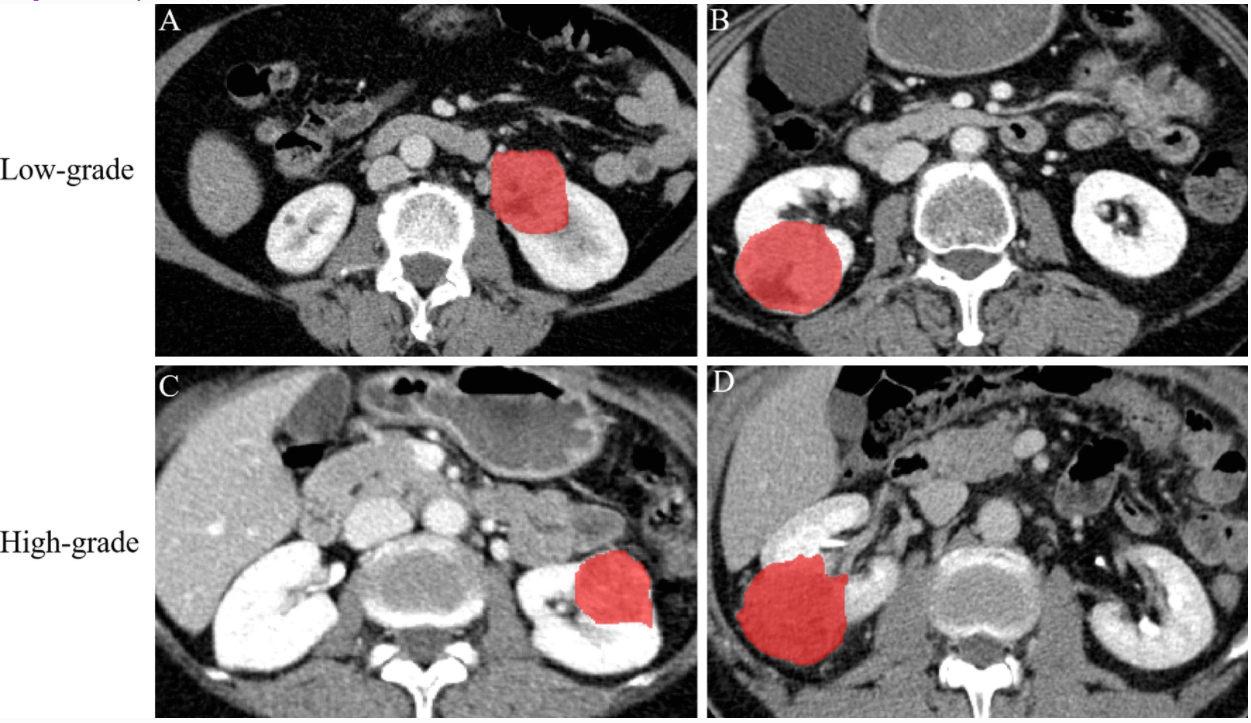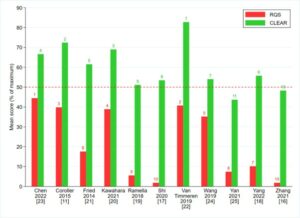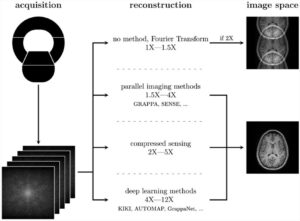In this retrospective study, the authors investigated if radiomics features extracted from nephrographic-phase (NP) CT images combined with clinicoradiological characteristics may have the potential to preoperatively differentiate between low- and high-nuclear grade of clear cell renal cell carcinomas (CCRCCs). They were able to demonstrate that radiomics analysis may be used as a potentially noninvasive method for distinguishing low- from high-grade CCRCCs, paving a possible way to assist in clinical management and therapeutic decisions.
Key points
- Nephrographic-phase CT radiomics is valuable in predicting the WHO/ISUP nuclear grade of CCRCC.
- Machine learning can noninvasively predict the WHO/ISUP nuclear grade of CCRCC.
- CT radiomics integrated with clinicoradiological parameters can facilitate differentiating between low- and high-grade CCRCCs with improved diagnostic efficacy.
Authors: Yingjie Xv, Fajin Lv, Haoming Guo, Xiang Zhou, Hao Tan, Mingzhao Xiao & Yineng Zheng













